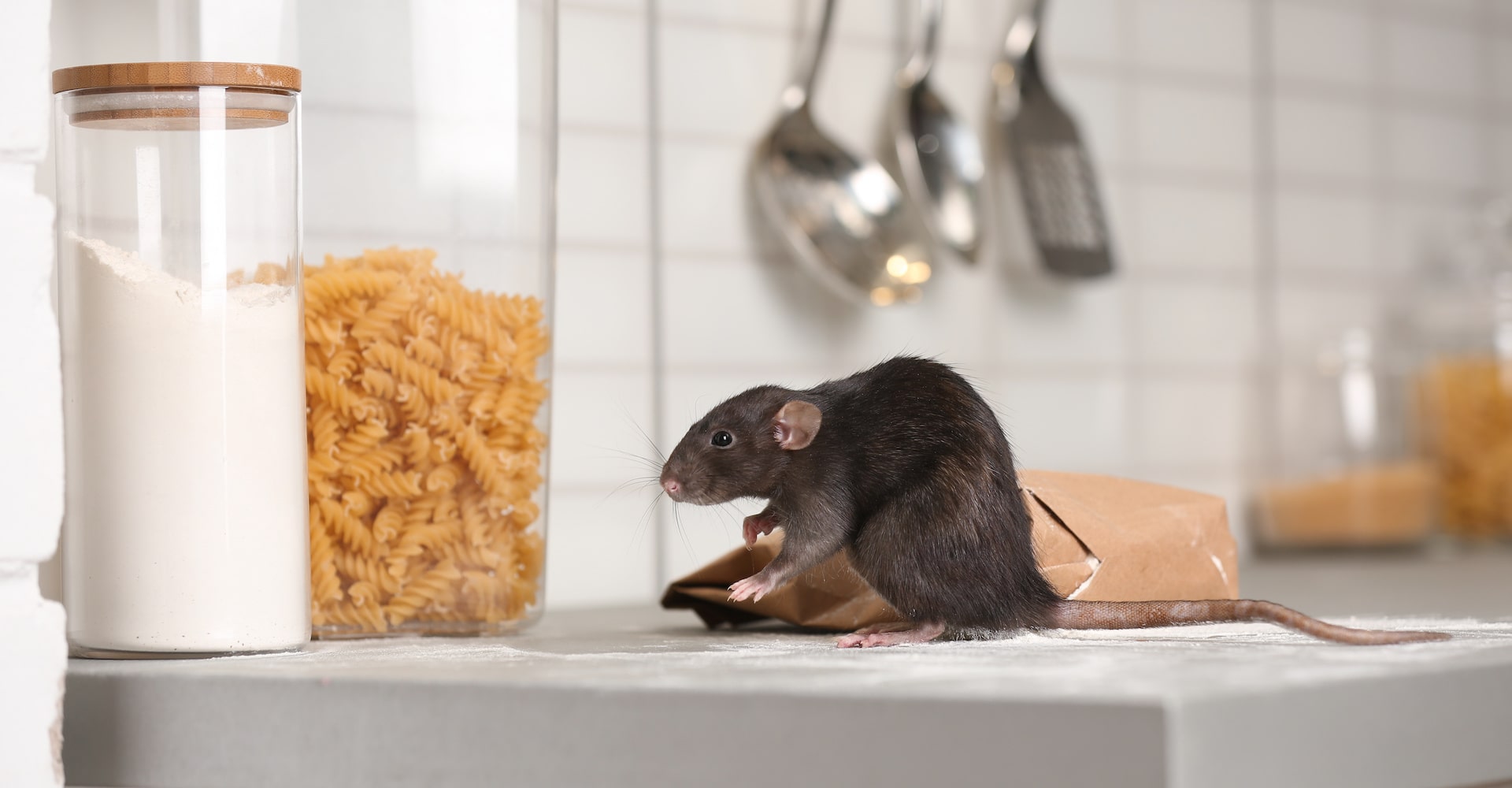Using AI for Pest Control: Revolutionizing Strategies?
Share
Introduction
In recent years, the integration of technology into everyday tasks has revolutionized industries worldwide. The field of pest control is no exception. Using AI for pest control is an innovative development that promises to transform how we manage unwanted critters in our environments. As we delve deeper into this topic, our objective is to explore how emerging technologies are reshaping pest control strategies and to understand its various implications on the industry and daily life.

The Growing Problem of Pest Infestation
Pests have always been a nuisance, affecting both residential and commercial spaces alike. From rodents scuttling around in the dark to stubborn ants marching in endless lines, they pose health risks and cause significant damage. Traditional methods of pest control have had their share of success, but often lack precision and efficiency. With the advent of AI technology, a new era in pest control is emerging.
For instance, consider the problem of rats infiltrating homes. Traditional traps are effective to an extent, but AI-based systems can offer non-invasive solutions by utilizing sensor technologies and predictive analytics. To learn more about stopping rats in the house through modern techniques, check out this insightful piece on rat prevention.
How AI is Changing Pest Control
AI Technology and Pest Detection
AI technology is being deployed to detect, analyze, and subsequently eliminate pests from environments. With the ability to process vast data sets, AI systems can identify patterns and predict pest behavior. This can be achieved through the use of image recognition, sensors, and machine learning algorithms.
An example of AI in action is digital traps that use AI algorithms to detect and capture pests effectively. Once pests are captured, notifications are instantly sent to pest control professionals, ensuring a rapid response. The shift to predictive models has enhanced the efficiency of pest elimination processes. Discover more on the use of traps for pest prevention from our in-depth article on trap usage.
Real-Time Monitoring and Data Collection
Another significant advantage of using AI for pest control lies in real-time monitoring and data collection. These systems are capable of analyzing environmental factors that contribute to pest problems. For example, AI sensors can monitor temperature, humidity, and other variables that influence pest activity. This data collection allows for more targeted pest management strategies.
Benefits of AI in Pest Control
Increased Efficiency and Precision
The accuracy and precision offered by AI are unmatched when compared to traditional pest control methods. By limiting human error, AI systems ensure that pesticide usage is optimal and reduces unnecessary exposure to chemicals.
Cost-Effectiveness
Implementing AI in pest management can lead to decreased costs in the long term. While the initial setup may be more expensive, the reduction in labor costs and increased pest control efficiency can contribute to overall savings. Curious about the costs involved? This comprehensive guide explores the cost of pest control for more insights.
Environmentally Friendly
AI-driven solutions focus on minimizing chemical use, thereby promoting eco-friendly practices. By reducing the use of pesticides, these systems help conserve the environment while effectively managing pest problems.
Challenges and Considerations
While AI introduces remarkable benefits, certain challenges and considerations need to be addressed. For one, there is a need for continuous advancements in AI algorithms to enhance accuracy. Additionally, integrating AI into traditional pest control practices may require training and adaptation efforts.
Moreover, privacy concerns may arise with the use of sensors and cameras in monitoring systems. Ideally, the deployment of these technologies will be carried out with strict regulations ensuring data privacy and protection.

FAQ
How does AI detect pests?
AI systems utilize image recognition and sensors to detect pests by identifying their unique movements and characteristics. The data collected allows AI algorithms to differentiate between pests and other harmless entities.
Are AI-based pest control systems safe?
Yes, AI-based pest control systems are designed to be safe. By reducing chemical use and allowing targeted pest management, AI promotes environmentally friendly practices.
What are the costs associated with AI pest control?
The cost of implementing AI pest control systems can be offset by long-term savings due to increased efficiency and reduced labor costs. Learn more about these costs in this informative guide on pest control costs.
This article contains affiliate links. We may earn a commission at no extra cost to you.
